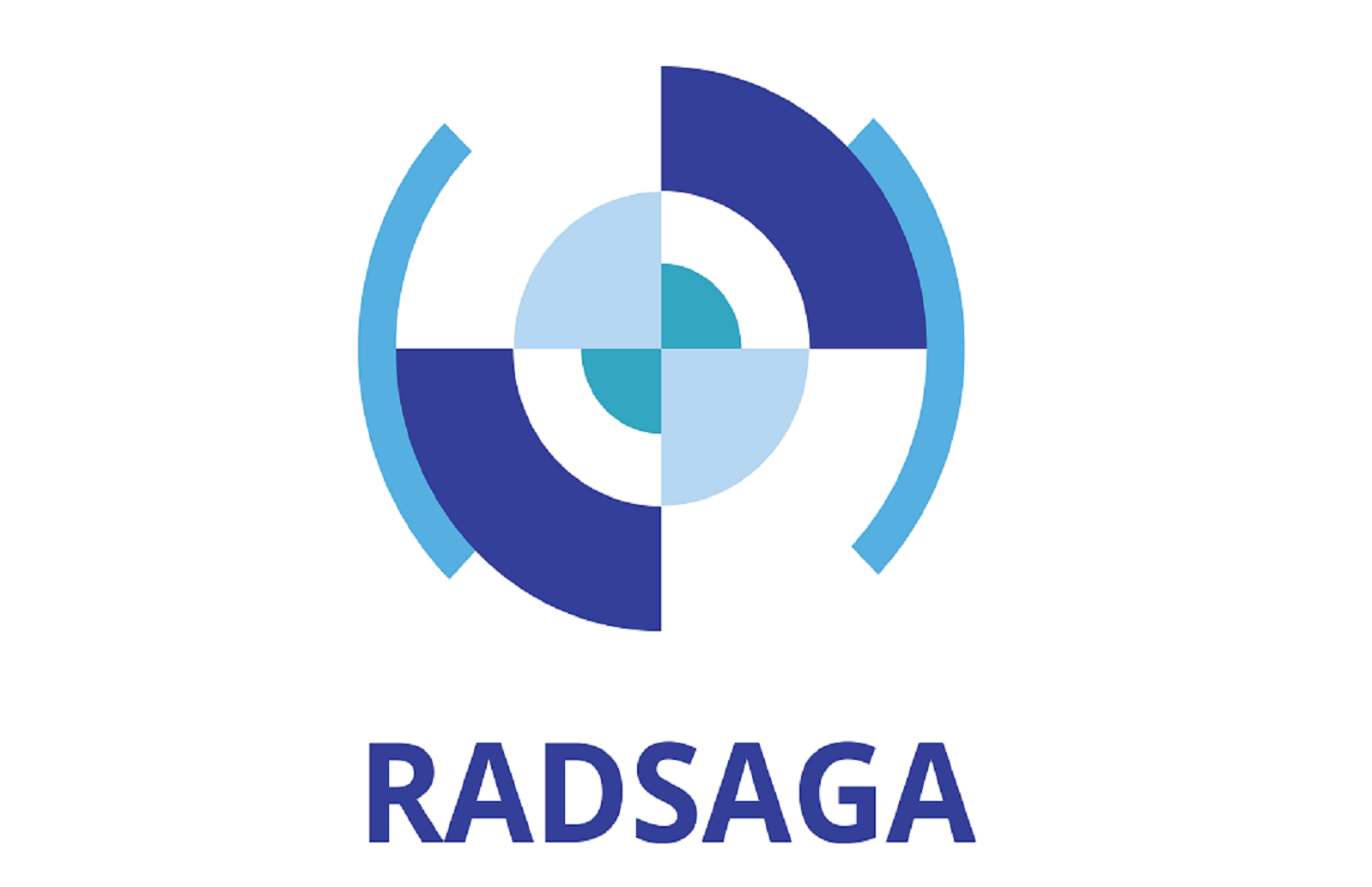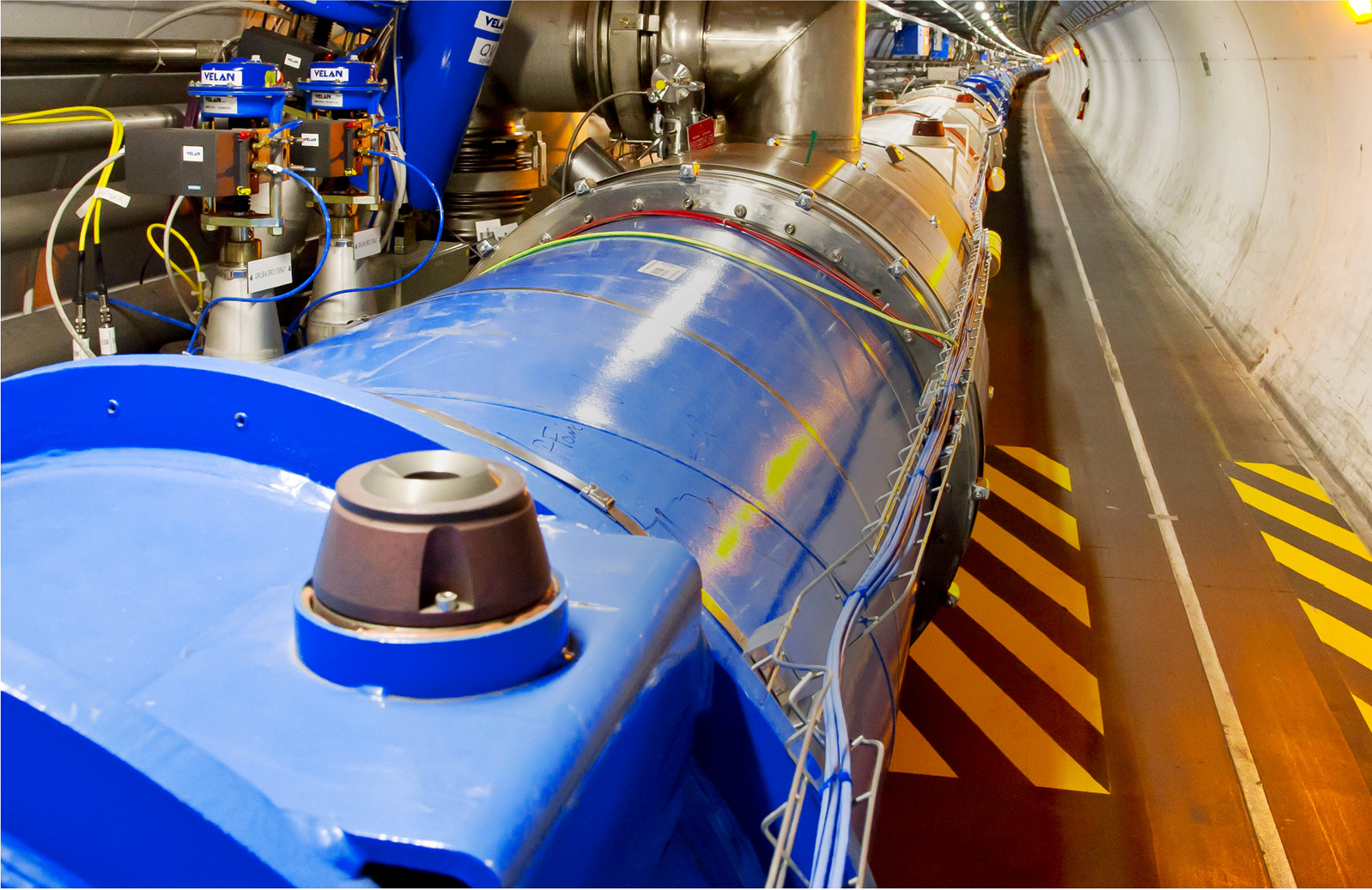Work Packages
RADSAGA will significantly advance the qualification methodology required for complex electronic systems used in space, aviation, car, accelerator and other high-reliability application areas in Europe. As illustrated in Figure 1, this will be done in four strongly interconnected and coherent scientific intersectoral Work-Packages (one of which is transversal) and a total of 15 Early Stage Researchers trained through a well-defined programme and structure.

Figure 1: RADSAGA Work-package and training cycle.
Work Package 1
In WP1, an unprecedented cross-calibration of the broad range of radiation test facilities involved in the consortium will be carried out. The homogeneous description and comparison of the relevant test parameters (i.e. particle flux, energy spectrum, beam size, etc.) will provide a valuable tool for the European industry to select test facilities and prepare radiation test campaigns focused on specific operational requirements. This will include environments, applications and effects so far not considered, responding to the increased complexity and sensitivity of electronic components, as well as the enhanced use of COTS in different technological and scientific domains.
ESR Positions for WP1
| Name | Subject | |
|---|---|---|
| ESR 01 WP1.1 | Correlations of direct ionisation effects from low-E protons to energetic heavy ions | Learn more |
| ESR 02 WP1.2 | Dosimetry methodologies in the context of radiation effects in emerging technologies and mixed field environments | Learn more |
| ESR 03 WP1.3 | Radiation environment description at an energy deposition level | Learn more |
| ESR 04 WP1.4 | Emerging Radiation Effects: Singly charged particles and innovative materials | Learn more |
| ESR 05 WP1.5 | A flexible SRAM based SEE Radiation Monitor | Learn more |
Work Package 2
In WP2, the focus will be set on reliable state-of-the-art electronic components. Devices of strategic importance so far not existing for industrial and technological applications such as a high-reliability integrated time-based signal processing circuit or a CMOS imager will be designed in mainstream CMOS technologies, with the requirement of tolerating radiation levels, orders of magnitude larger than those which currently available commercial components can withstand. In addition, the combined influence of stochastic and cumulative radiation effects (i.e. synergetic effects) together with the coupled impact of radiation and aging (i.e. coupled effects) will be carefully studied for the first time in order to decisively improve the link between the experimental and operational contexts. This crucial point also requires the development of predictive tools both for soft and hard errors, which will, in addition, serve as a means of developing above "Radiation Hardened By Design" (RHBD) components.
ESR Positions for WP2
| Name | Subject | |
|---|---|---|
| ESR 06 WP2.1 | Integrated Time-based Signal Processing Circuits for Harsh Radiation Environments | Learn more |
| ESR 07 WP2.2 | Coupled radiation effects on emerging power devices | Learn more |
| ESR 08 WP2.3 | Coupled constraints on complex digital integrated circuits | Learn more |
| ESR 09 WP2.4 | Predictive tools and "Radiation Hardening By Design" (RHBD) for SEU and SET in digital circuits | Learn more |
| ESR 10 WP2.5 | Predictive tools and "Radiation Hardening By Design" (RHBD) - SEL and Temperature Effects | Learn more |
| ESR 11 WP2.6 | Radiation tolerant CMOS imager | Learn more |
Work Package 3
Closely linked to WP2, WP3 will address the decisive question of how system tests will be able to provide reliability information as opposed to the standard bottom-up individual component characterization, which is hardly practical for modern digital integrated circuits hosting a vast amount of devices. This WP will also make use of the results obtained in WP1, as the feasibility and preparation of a full-system test will largely depend on the radiation facility parameters (i.e. beam size, beam energy, etc.) as well as the interaction of the radiation environment with the system components (i.e. stopping particles, generation of secondary particles, etc.) all of which need to be carefully considered through Monte Carlo simulations.
ESR Positions for WP3
| Name | Subject | |
|---|---|---|
| ESR 12 WP3.1 | System-In-Package (SiP) radiation qualification requirements | Learn more |
| ESR 13 WP3.2 | Bridging methodology from component to system-level for the assessment of coupled radiation and degradation constraints in digital systems | Learn more |
| ESR 14 WP3.3 | Radiation tolerant communication links to be used for distributed systems and mixed-field radiation environments | Learn more |
Work Package 4
Furthermore, WP4 will make use of the research progress in the first three WPs to develop a handbook of guidelines and tools for rad-hard design and radiation testing of components and systems in complex environments. This document will serve as a decisive input for engineers across the European industry working on the design and characterization of electronic systems in a broad range of application fields. It will combine fundamental radiation aspects (i.e. particle interaction with matter, synergetic and coupled effects, etc.) and practical aspects (i.e. predictive tools, test facility information, etc.) providing an insight to radiation reliability otherwise inaccessible even for the most experienced radiation expert. It is intended to serve as basis for a new European radiation testing standard.
ESR Positions for WP4
| Name | Subject | |
|---|---|---|
| ESR 15 WP4.1 | Relevance, Guidelines & Tools for rad-hard design and radiation testing of components and systems in complex environments | Learn more |
Work Package 5
Finally, WP5 will provide a new and innovative and interdisciplinary training structure for radiation effects scientists and engineers. Subjects so far included in very different academic disciplines - such as semiconductor physics, electronic systems engineering, applied nuclear physics, accelerator technology, etc. - will be combined in a coherent study and training plan that will result in the formation of highly qualified professionals, thus guaranteeing the competitiveness of the European industry in a strategic domain such as that of system reliability.




